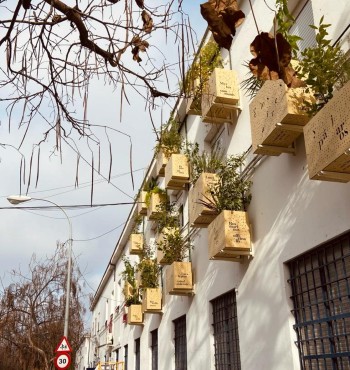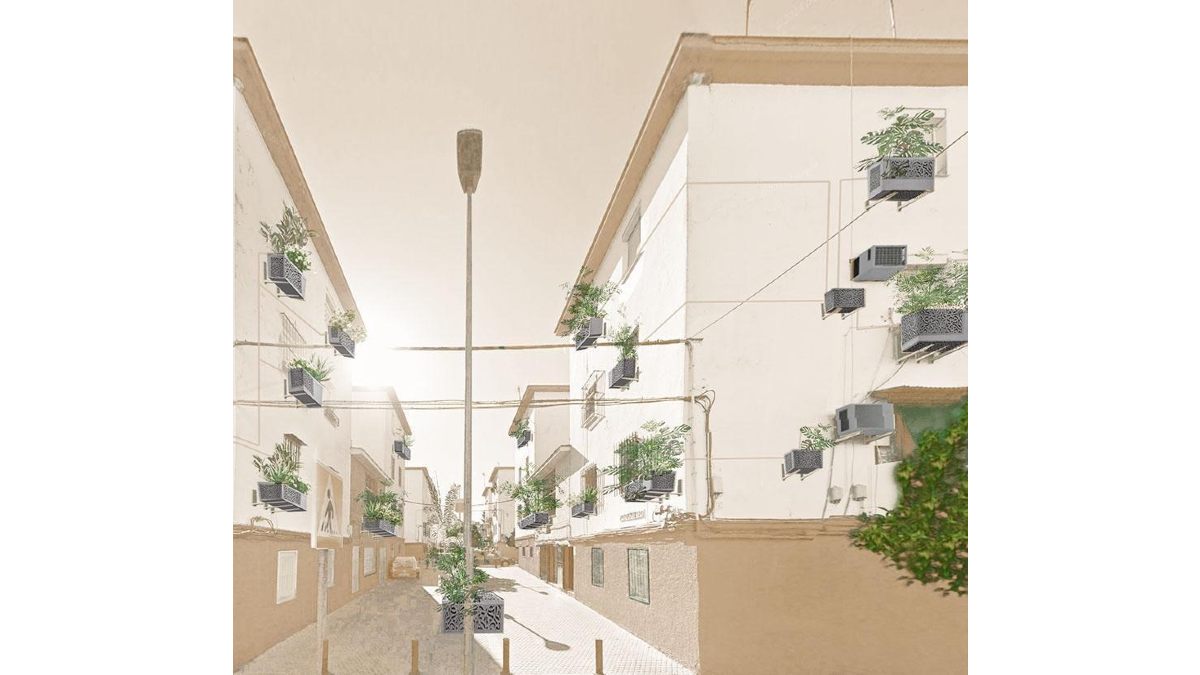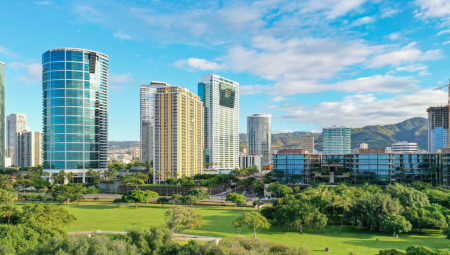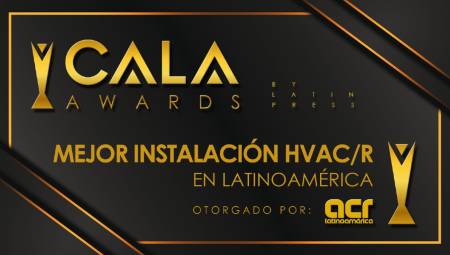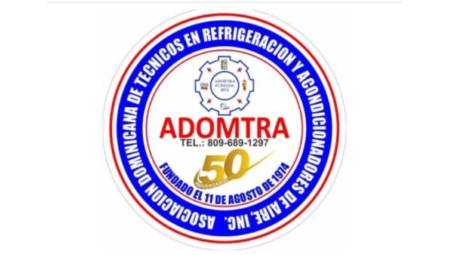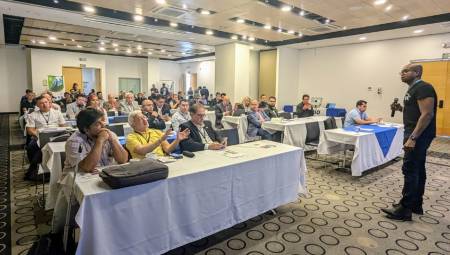Spain. "Jardines en el aire" is a project in the district of Tres Barrios-Amate in Seville that, in addition to beautifying the space, reuses the water from residential air conditioning equipment, has absorbed more than 41 thousand kilograms of Co2 per year and accumulates, to date, several international recognitions.
"Jardines en el aire" was born as a proposal of the sixth edition of Luces de Barrio, a project of the City Council of Seville that explores the spaces of coexistence between nature and society. According to the information of the project on its website, the garden intervention has 2,081 botanical specimens.
The execution of this proposal was in the hands of Nomad Garden, a multidisciplinary team dedicated to research and development around the gardens. In addition, it had the support of the Candelaria Educational and Social Association (AES Candelaria).
This urban intervention that has become a community garden and example of environmental sustainability, was promoted by the ICAS of the City of Seville and Ecosystem41, had the support of the EMVISESA-ETSAS Chair, the Institut Français de Seville, Thermo Fisher Scientific, and the International University of Andalusia. It had the collaboration of AEDI, the Parish of Our Lady of Candelaria, the Platform of Three Neighborhoods Amate, ISA and SAFA Blanca Paloma. It also had donations from dozens of patrons who contributed to its materialization.
Recognitions
It is important to note that "Luces de Barrio", as a project that contains the proposal of "Gardens in the air", at the local level received the COAS Architecture & Society Award ex Aequo in the City, Landscape and Territory Category (2019-2020). For its part, at the international level in 2021 gardens won the award of the New European Bauhaus, award of the Directorate-General for Regional and Urban Policy of the European Commission (DG REGIO), in the category 'Renovated buildings with circular spirit', this taking into account the values of sustainability, aesthetics and inclusion. However, so far this year, it has been a finalist in the third version of the Human City Design Awards, whose ceremony was held on March 21, the date where they recognized the interventions of 2021.
Explanation of the project "Gardens in the air"
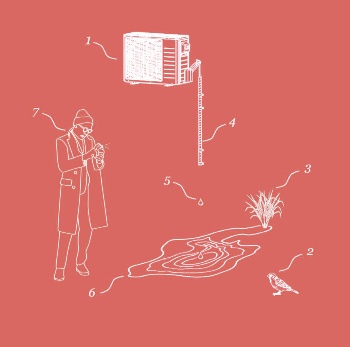 Nomad Garden, in its Facebook account, indicated that "the first act of the proposal has as its starting point the creation of new alliances between people, plants, birds and air conditioners that proliferate on the facades of buildings. From this perspective 'Gardens in the air' is a cultural intervention aimed at rethinking and improving the environment through the reassembly of wasted material resources." and added that the visual idea was inspired by the Arab mashrabiyas, a special design of gazebo-type windows with detailed patterns, to later move to digital design and its manufacture.
Nomad Garden, in its Facebook account, indicated that "the first act of the proposal has as its starting point the creation of new alliances between people, plants, birds and air conditioners that proliferate on the facades of buildings. From this perspective 'Gardens in the air' is a cultural intervention aimed at rethinking and improving the environment through the reassembly of wasted material resources." and added that the visual idea was inspired by the Arab mashrabiyas, a special design of gazebo-type windows with detailed patterns, to later move to digital design and its manufacture.
The gardens are then made up of multiple pots installed high on the walls, which are watered by the drain pipes of pre-existing air conditioning machines. These planters were designed by Estudio Pätē in conjunction with Collateral Studio. It is relevant to mention that, other adaptations of matera "mashrabiyas" were designed for lighting, nest or drinker. Each one with different and asymmetrical drilled patterns, with the aim of favoring, by Venturi effect, the mobility of the air in the area.
Also, some "mashrabiyas" have calligraphic designs, responsible for telling the stories and sound memories of the neighborhood, while others have the role of musical instruments, thanks to the proposals of Vibra-Tó, who investigated the sound possibilities of the tubes of the air conditioners to simulate the sounds of birds.
To conclude, "Gardens in the air" is a proposal with a social and artistic approach, which invites a new reading of urban living spaces. But, above all, it managed to harmonize the environmental and aesthetic needs of a particular population, from an ecological and novel use of the waste produced by its air conditioning equipment.
